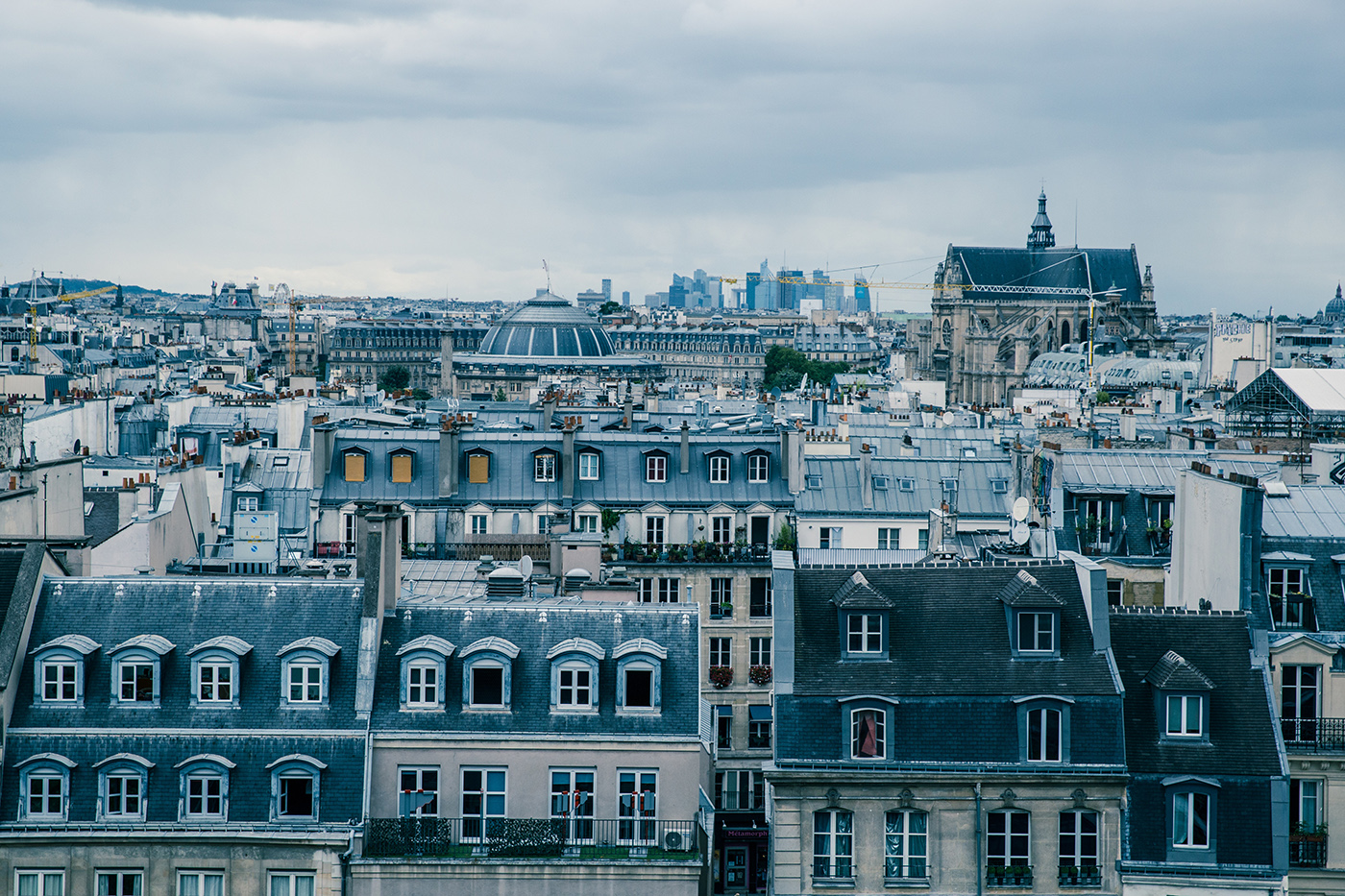Why Can't Warsaw be Paris?
Passing by primitive architectural forms emerging in Warsaw, like excrement on a lawn (if you'll excuse the expression), it's hard not to feel that Warsaw is losing its chance to be a beautiful, interesting city.
It's difficult to imagine that something in this trend will suddenly change.
The cooperative "princes" will continue to paint blocks in mint-green stripes, and local oligarchs will lack the ambition and knowledge to create anything other than polished marble.
The local color is completed by something usually called outdoor advertising, which has little to do with actual advertising. Torn banners and scratched colorful signs attack us on every wall, creating a mosaic of colors that leads nowhere.
Building facades, instead of creating city harmony, are adapted into advertising boards without any moderation or rules, disregarding even existing regulations, as if from Indian Bollywood. We've strayed far from the principles that good advertising should follow in this race.
Large outdoor companies also fit into this trend, which, having no restraint, cannibalize their own media, leading to their depreciation.
We've forgotten that outdoor advertising, which is an essential element of a modern economy, cannot function in isolation from the environment in which it is created.
However, could this entire Augean stable have emerged and function perfectly if administrative units operated efficiently, if there was a manager who could say enough? If it were possible to create good, coherent, and consistent plans for public space management so that they were truly a public good?
Why do we consider throwing a cigarette on the sidewalk an expression of rudeness, while lack of taste is merely a gap in education?
It's groundless to introduce the argument of private property here, because private property is not anarchy; its framework is limited by other people's rights to order, cleanliness, etc.
Interesting in this context is the analysis of the actions of the Mairie de Paris (Paris City Hall), which has organized outdoor advertising and set detailed rules to follow when placing signs and markings. Parallel to defining fees for, note, each form of place identification or those interfering with public space (e.g., awnings), there are detailed instructions informing what can and should not be done.
The regulations are contained in a document called "Règlement local de la publicité, des enseignes et préenseignes".
At the same time, a presentation has been published for entrepreneurs, users, and residents, which explains in an accessible way the goals of the regulation and its basic assumptions.
In the first paragraph, we read that "compliance with the rules is essential for maintaining harmony
in public space and the appearance of a business affects the economy and quality of life in Paris"
Isn't this a statement worth considering?
The publication is an example of a clear presentation of the principles that guided the city administration:
The introduction of clear and coherent regulations undoubtedly affects the image of the city, while at the same time it's evident that in Paris, officials are aware of how important advertising is - advertising that coexists with the city, develops with it, and co-creates it.
Paris quite meticulously sets the boundaries within which outdoor companies are allowed to operate, indicating the goals that the city cares about and moving towards high-quality small format media, either in the form of standalone forms or as urban furniture.
The actions of the city authorities are, of course, determined not only by the prestige that the city undoubtedly cares about, but largely by the architectural form in which it is enclosed. The compact development and coherent street layout leave no room for advertising arbitrariness and exaggeration.
Loosening of these rules is possible with a change in the urban character of the city, i.e., in the suburbs along wide communication arteries.
At the same time, the city remains open to large format - but with clearly defined rules and places, where renovation is being carried out or in typically commercial spaces.
Advertising barbarism is visible only in poorer districts and is undoubtedly correlated with the culture of immigrants arriving in Paris hoping to start a new life, bringing along with their unique color a permissiveness for arbitrary forms and advertisements.
So perhaps there are ways to clean our stable without the need for a revolution, maybe it's enough to appeal to logical thinking and good taste?
If taste is lacking, then just as rules for road traffic were created, its definition should be created and people should be mobilized to comply with it.
Maybe then public space will become more public than private, and not just in terms of outdoor advertising.









